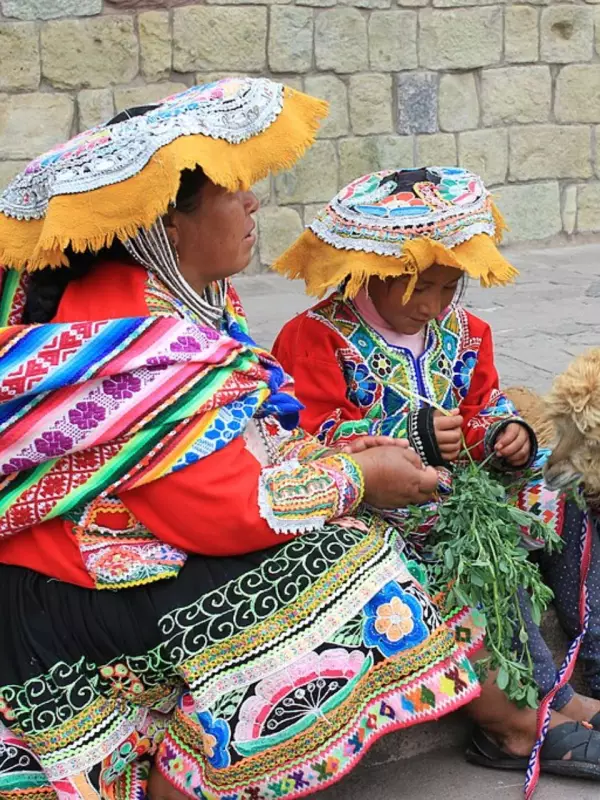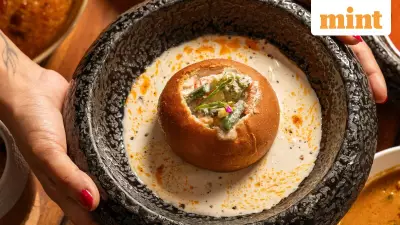
In an increasingly digital world, certain communities across the globe continue to preserve the ancient art of oral storytelling, passing down wisdom, history, and cultural values through generations. These guardians of narrative traditions maintain living connections to their heritage despite modern challenges.
India's Rich Tapestry of Storytelling Traditions
The Chitrakathi community of Maharashtra represents one of India's most distinctive storytelling traditions. These performers use painted scrolls called 'Chitra' to narrate episodes from Hindu epics like the Ramayana and Mahabharata. For centuries, they have traveled between villages, combining visual art with dramatic narration to bring ancient stories to life.
Further south, the Burra Katha tradition of Andhra Pradesh and Telangana features a main storyteller supported by two companions who provide rhythm and chorus. This vibrant performance art traditionally addressed social issues and historical tales, adapting its narratives to contemporary contexts while maintaining its essential structure.
In Rajasthan, the Kathputli wallahs (puppeteers) have preserved their art for generations, using string puppets to enact folk tales and historical narratives. Their performances represent not just entertainment but a living archive of regional culture and values.
African Griots: Living Libraries of West Africa
West Africa's griot tradition represents one of the world's most sophisticated oral heritage systems. Griots serve as historians, genealogists, musicians, and storytellers, preserving the histories of families and communities across generations. In countries like Mali, Senegal, and Guinea, these custodians of memory maintain extensive knowledge of family lineages and historical events.
The griot's role extends beyond mere storytelling to encompass social functions including mediating disputes, performing at ceremonies, and advising community leaders. Their knowledge is typically passed within family lineages, with young members apprenticing to older relatives to master the complex oral texts and musical accompaniment.
Indigenous Storytelling Cultures Worldwide
Among Aboriginal Australians, the Dreamtime stories represent a fundamental connection to land and creation. These narratives explain the creation of the world and establish moral and practical guidelines for living. Elders pass down these stories through oral tradition, often accompanied by visual symbols in sand or rock art.
Native American communities maintain rich oral traditions that preserve historical accounts, spiritual beliefs, and practical knowledge. Storytelling sessions, often led by elders, serve to educate younger generations about cultural values, environmental wisdom, and community history. These narratives frequently feature animal characters and natural elements, embedding ecological knowledge within engaging stories.
In Scotland and Ireland, the tradition of seanchaí (storytellers) continues in modified forms. Historically, these storytellers would visit homes and communities to share tales of history, mythology, and local events. Modern storytelling festivals and gatherings help preserve this tradition, adapting ancient forms to contemporary settings.
The Resilience and Adaptation of Oral Traditions
Despite facing numerous challenges from modernization, digital media, and changing social structures, these storytelling communities demonstrate remarkable resilience. Many have found ways to adapt their traditions to new contexts while maintaining core elements of their practice.
Storytelling festivals, cultural tourism, and educational programs have provided new platforms for these traditional arts. In some cases, digital technology has become a tool for preservation and dissemination, with communities recording performances and sharing them with global audiences.
The survival of these traditions highlights the enduring human need for direct, personal narrative experiences. Oral storytelling creates unique connections between teller and listener that differ from mediated forms of entertainment. The spontaneous nature of live performance allows for adaptation to specific audiences and contexts, keeping the traditions dynamic and relevant.
As UNESCO and other organizations work to safeguard intangible cultural heritage, these storytelling communities gain recognition for their vital role in preserving human creativity and cultural diversity. Their continued practice represents not just nostalgia for the past but a living, evolving art form that continues to shape community identity and cultural continuity.





